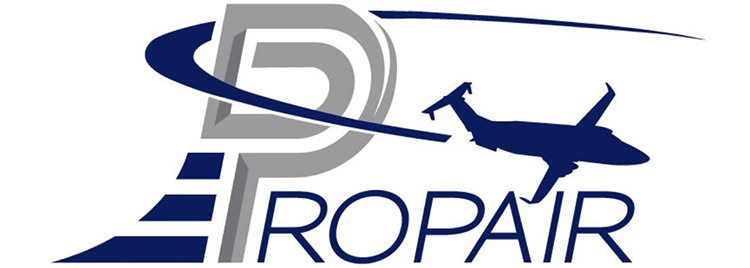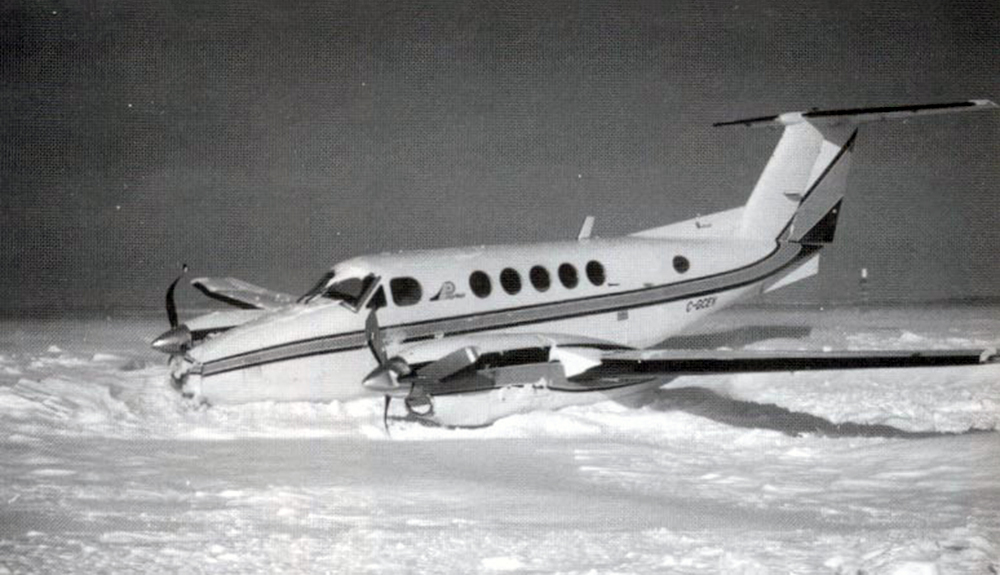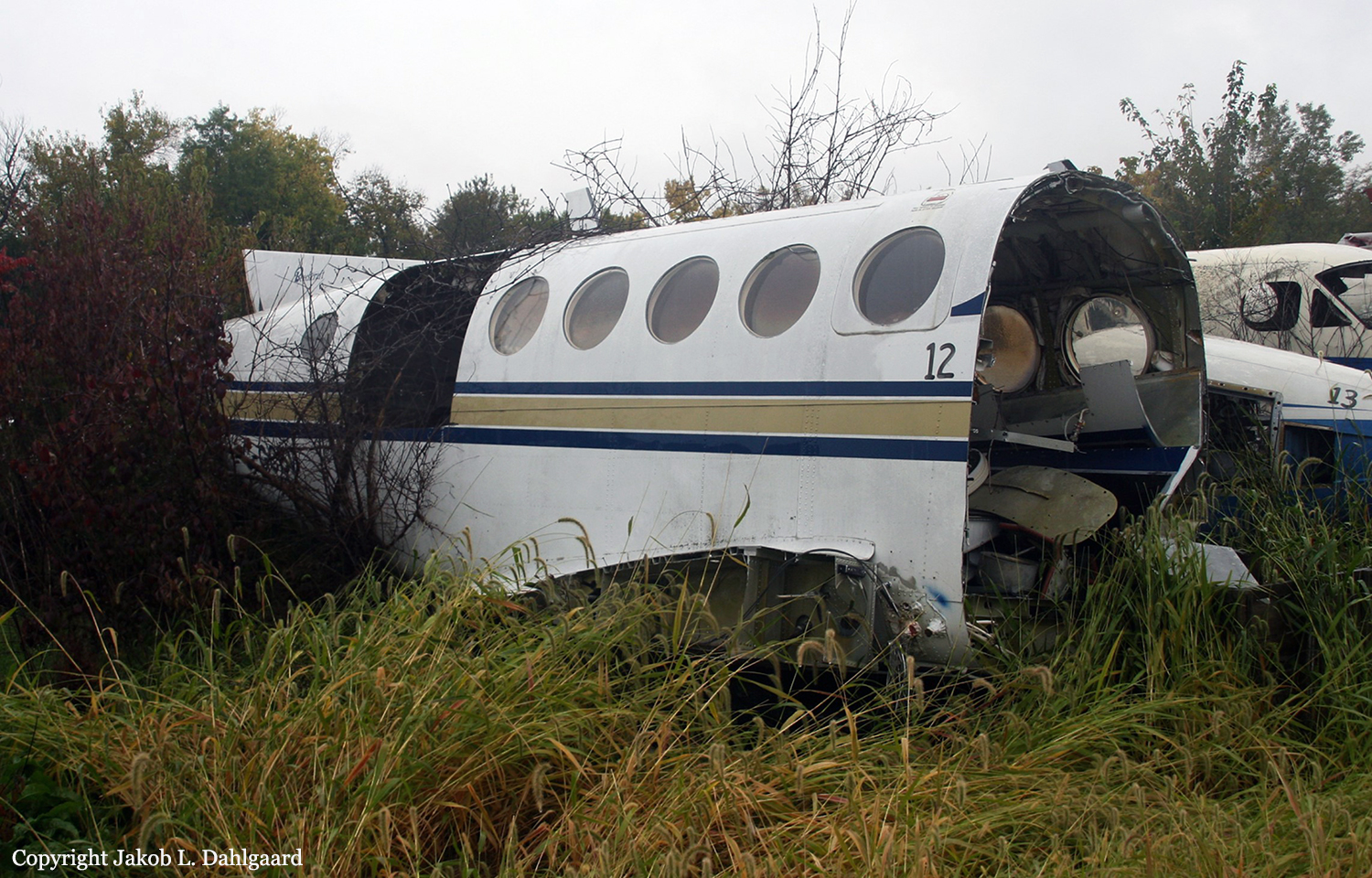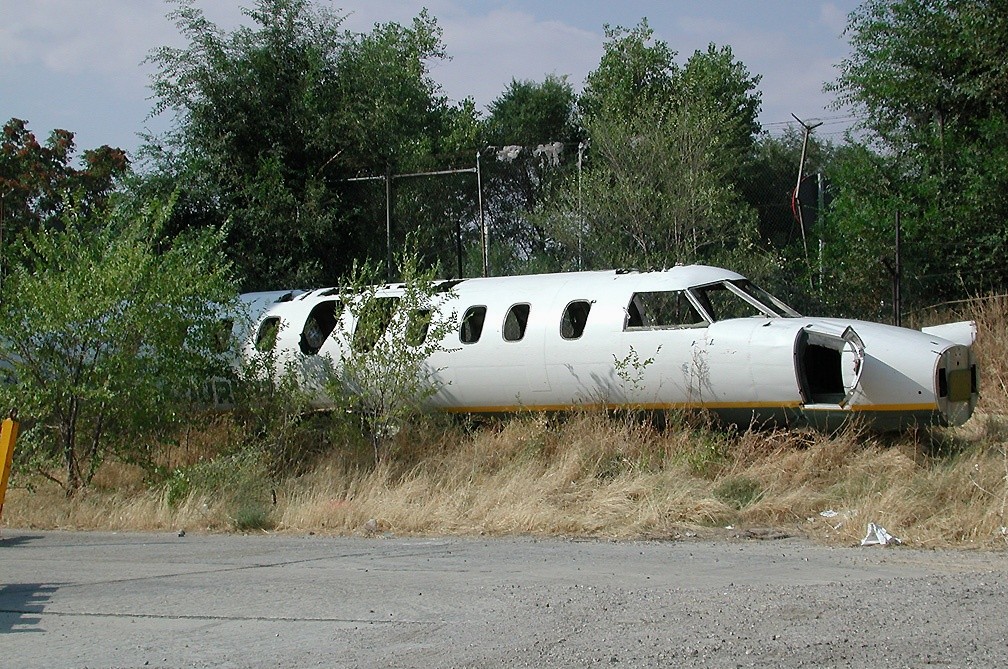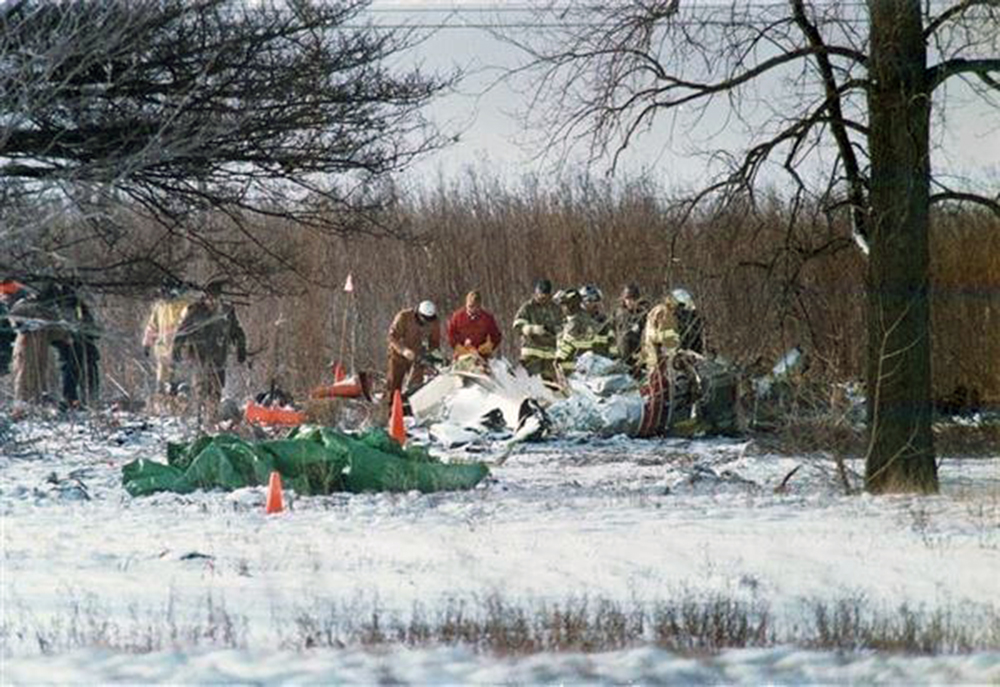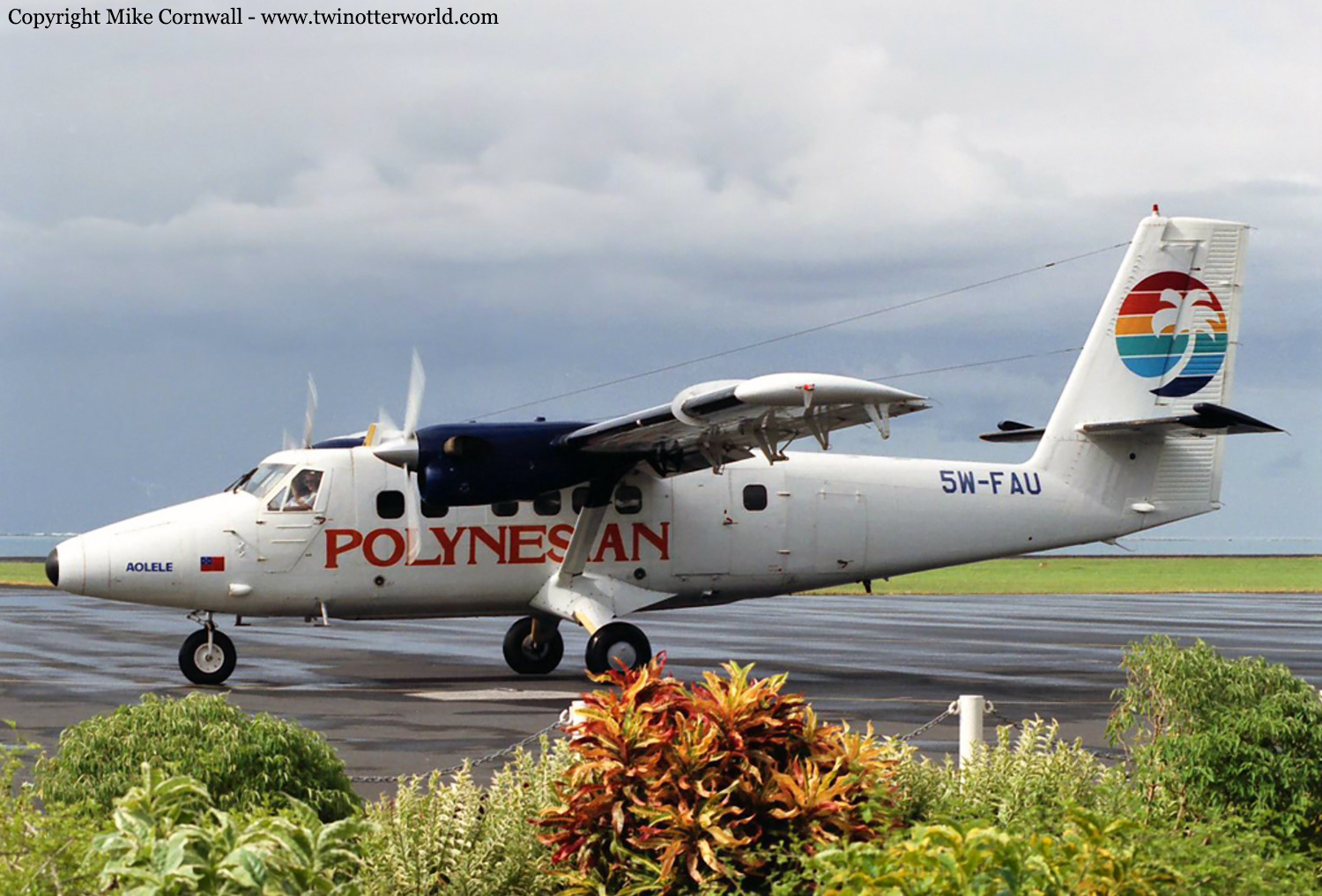Crash of a Cessna 402C II off Charlotte Amalie: 2 killed
Date & Time:
Feb 8, 1997 at 1932 LT
Registration:
N318AB
Survivors:
Yes
Schedule:
Christiansted – Charlotte Amalie
MSN:
402C-0318
YOM:
1980
Flight number:
YI319
Crew on board:
1
Crew fatalities:
Pax on board:
4
Pax fatalities:
Other fatalities:
Total fatalities:
2
Captain / Total hours on type:
9000.00
Aircraft flight hours:
16085
Circumstances:
As the flight made a visual approach to the airport from the south over the sea, at night, the pilot changed his navigation radio from the VOR to the ILS system for runway 10 and lost DME reading from the VOR located on a hill north of the localizer course. The localizer showed the flight was south of the localizer course, and without DME from the VOR the pilot believed he was much closer to the island and the airport than the aircraft actually was. As the pilot attempted to make visual contact with the airport and maintain clearance from the hills he allowed the aircraft to descend and crash into the sea about 3 miles southwest of the airport. The pilot had not filed a FAA flight plan for the scheduled commuter flight. The pilot had been flying the route for 5 days and had no previous experience in the area. The pilot reported he had no mechanical malfunctions with the aircraft systems, flight controls, or engines. No FAA Operations inspectors had conducted surveillance on the company's flight operations in the Caribbean since service had begun in December 1996.
Probable cause:
The failure of the pilot to maintain altitude while making a visual approach at night over water in black hole conditions resulting in the aircraft descending and crashing into the sea. Contributing to the accident was the failure of the pilot and operator to use all available air traffic control and navigational facilities, and the FAA Principle Operations Inspector's inadequate surveillance of the operation.
Final Report:



